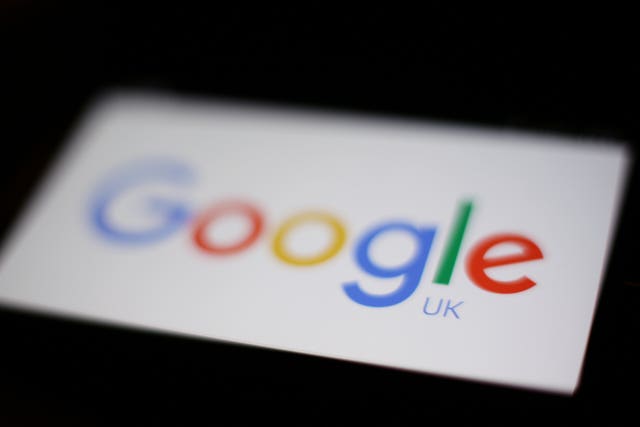Google Nest Hub display feature inspired by bats and dolphins
Ultrasound sensing technology will be used to determine the size of text used, helping people see on-screen details from a distance.

Google has turned to the abilities of bats and dolphins for inspiration on one of its latest smart display features.
The tech giant’s Nest Hub and Nest Hub Max use ultrasound sensing technology in a similar way to how some low-vision animals use echolocation, where they emit an ultrasonic sound and listen out for how it bounces back to help them understand their environment.
Google is using the technique to help people see details on their device’s screen when they ask commands from a distance, by making text bigger.

When it detects the user is close, information appears smaller.
Ashton Udall, product manager for Google Nest, said: “We wanted to create a better experience for people who have low vision.
“So we set out to create a way for more people to easily see our display from any distance in a room, without compromising the useful information the display could show when nearby.”
The feature is available for timers, commute times and weather, and will work on reminders, appointments and alerts “over the coming week”, the firm said.
Mr Udall added: “Because this is using a low-resolution sensing technology, ultrasound sensing happens entirely on the device and is only able to detect large-scale motion (like a person moving), without being able to identify who the person is.”





